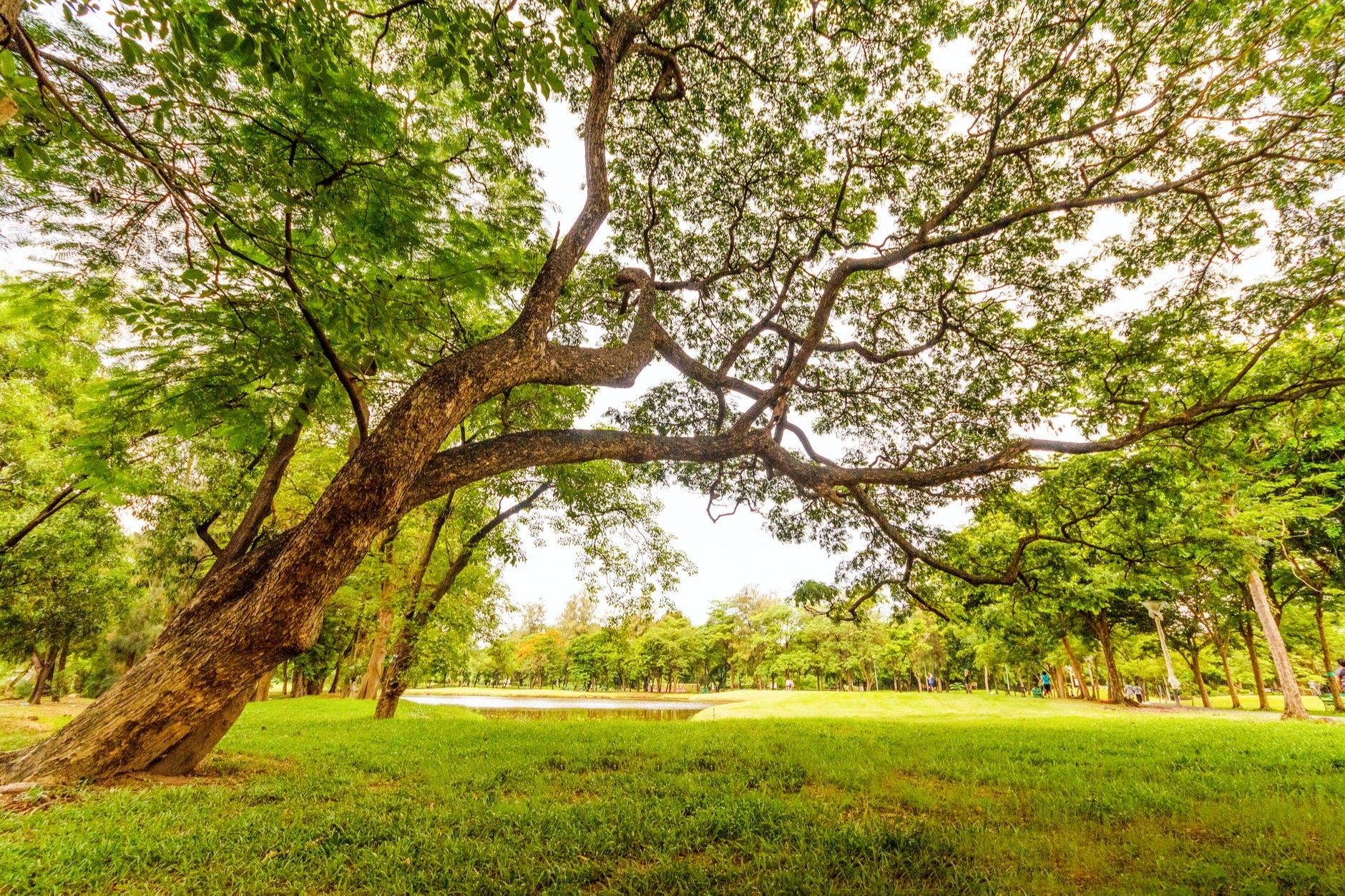Denver Tree Service Offers Advice for Taking Care of Aging Trees
As trees mature, they need a different kind of tree maintenance. Whereas young trees are focused on growth, aging trees direct more of their energy toward survival.
So, when is a tree considered “old”? It depends on the tree species. Two prime examples are the sequoias on the West Coast that have been around for thousands of years versus the redbud trees on the East Coast that likely won’t survive for more than a couple of decades.
Mature trees not only look beautiful, but they provide a lot of value—just ask any homebuyer who is looking for “mature landscaping.” They also provide landscape benefits, such as helping to conserve energy, minimize stormwater runoff, improve the quality of the air, and provide a place for wildlife.
Here’s what homeowners should know about caring for their aging trees.
Tips on Caring for the Aging Trees on Your Landscape
Aging trees can survive and thrive if you follow these steps:
- Get rid of the grass surrounding the trunk. Not having grass growing directly up to the tree means much-needed resources go to the tree instead of the lawn. The best way to remove the layer of sod around a tree is with good old-fashioned manual labor and a shovel. Add mulch to the newly revealed soil. Mulch will help keep moisture in and pests out. It also encourages earthworm activity, which benefits the soil. The ideal amount of mulch is about 2 or 3 inches deep.
- Prune regularly. The normal growth cycle for veteran trees is that they will focus energy on higher outer branches, so many of the lower and interior limbs will need to be removed. Removing dead branches not only improves the aesthetics of the tree, but it is also a safety issue. The last you want is a heavy branch coming down—potentially on a person, building, or vehicle. Always prune during the dormant season rather than the growing season.
- Up your irrigation game. Just like new trees, older trees require a lot of water. This is particularly important during times of drought (not uncommon on the Front Range). Water at night when trees aren’t feeling stressed by intense heat. It’s best to gradually add moisture to the soil, so a drip irrigation system or a soaker hose is ideal to get the job done right. Keep in mind that with very big trees that are the size of a large building, their water needs can be pretty substantial.
Contact the Professionals
Keep in mind, however, that even with the best care possible, trees will not live forever. If you are uncertain about the health of your trees, contact a Denver tree service company to come and take a look. We can advise you on where your tree is in its lifespan. We can provide care—or we can talk to you about removing the tree. Large trees are tricky to take down, so it’s not something you want to tackle yourself. Contact Root Tree Service through our website or give us a call at 720-369-2963.
